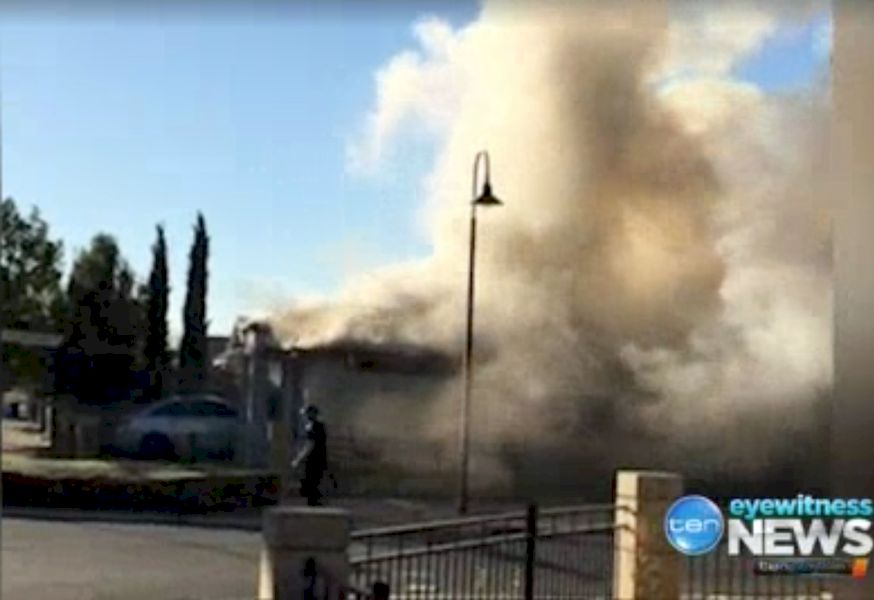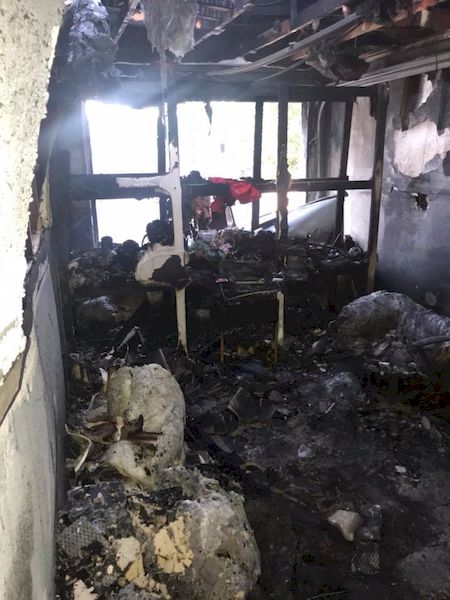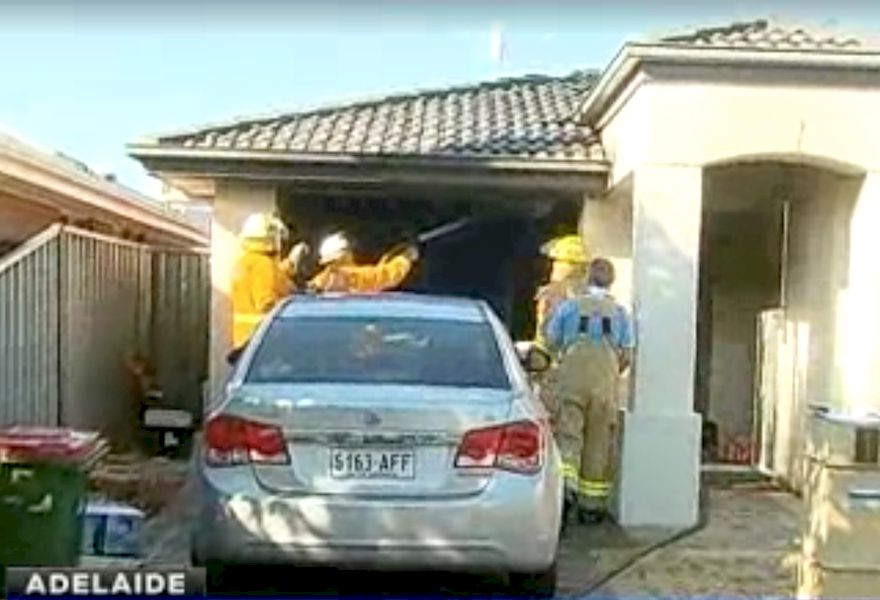
Yes, it apparently happened again. Someone’s house burned because of a 3D printer.
This time it was in a suburb of Adelaide, Australia, where an ANET 8 desktop 3D printer somehow ignited a blaze that consumed a large portion of the residential home.
The 3D printer was installed in a garage workshop and had apparently been 3D printing for 15 continuous hours on something when the fire began. The fire consumed the garage before migrating to the home’s roof, where 25 local firefighters managed to put it out after a 20 minute battle. Fortunately the owner and his young family were able to escape the conflagration unscathed, although it appears there was over AUD$230,000 in damages.
You can watch a local news report on the incident from Ten Eyewitness News, although be warned they refer to the device as a “3D Laser Printer”.

Curiously, this is I believe the third incident in the past months involving an ANET 8 3D printer. At this point I would be concerned if I owned one.

Why does this happen? There are a couple of contributing factors, but primarily it is unsafe use by operators. These could be the most frequently seen operational mistakes that could cause tragedy:
- Installation in an unsafe manner, with flammable materials nearby or in some cases touching the equipment
- Lack of proximity located smoke and fire detection equipment, and lack of fire extinguishing equipment nearby
- Modifications to the machine’s design that are unsafe
- Poor operating procedures, especially allowing machines to operate unsupervised
In a long discussion on Reddit, there were some very good thoughts on this event from contributor John_Barlycorn:
I think the real problem with 3D printers is that they’re bringing in a lot of people that don’t have a lot of experience with industrial equipment and power tools into the fold… which on it’s surface is great, the more people the better! But a lot of what I see people doing with 3D printers these days I consider downright reckless.
Pretty much everything sold at Harbor Freight or Home Depot have a potential to start on fire. Yet I see guys building racks like you see here in carpeted rooms, on shelving made of wood, paper towels draped over their equipment, random cans of solvents laying around, running their prints for 48hrs strait while they’re not home. It’s just a disaster waiting to happen.
My shop has a tiled floor. My bench top has a sheet metal plate surface plate. My printer is inside a case made of steel channel iron with mineral glass windows. I’ve got 3 smoke detectors in the room and one of them is inside the case. And most importantly, I never leave the thing running when I’m not home.
These are all very good suggestions.
But I have another one, one that people may not have considered.
Many 3D printers are purchased from overseas sources where industrial standards and regulations may be different from your home base. In other words, you may be operating a device that doesn’t meet your country’s electrical and safety standards.
This is often allowed; you can order almost anything from anywhere. But when you do so, you implicitly take on the risk of operating the device.
But wait, most people operating such devices in their homes have insurance on their property and contents. Those insurance agreements and rates are calculated with the assumption that “standard” equipment is most likely used.
It is possible that insurance may be void if unregulated, uncertified equipment is the cause of the incident. If operating a 3D printer in a home – or office or workplace – you probably should check your insurance polices to see if you are required to operated certified equipment.
You might be surprised to find that the fun desktop 3D printer in your house may become the cause of you losing all your wealth.
I’m surprised that more 3D printer companies don’t focus on this issue, as it could be a significant competitive advantage: “buy our equipment and your insurance is valid!”
Via Reddit and Ten Eyewitness News

